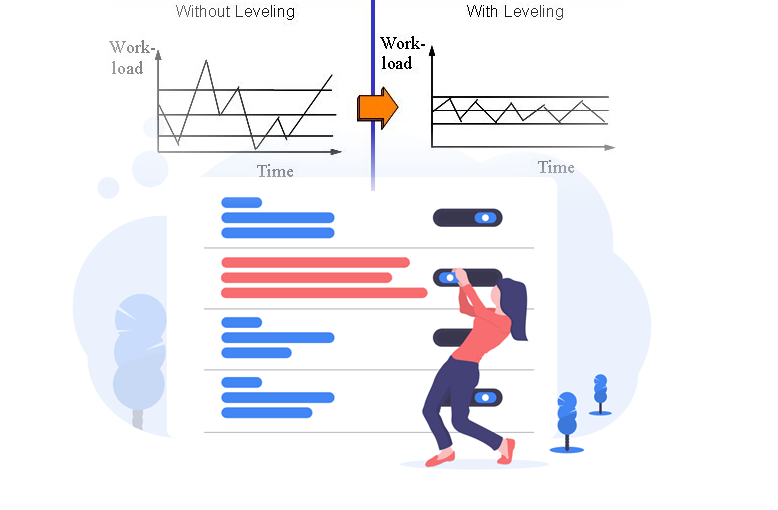
HEIJUNKA: The art of leveling production
Last updated: October 21, 2025 Read in fullscreen view
- 02 Nov 2023
 Unlocking Success with The Amoeba Management Model: Key Lessons, Pros & Cons, and Finding the Perfect Fit 160/687
Unlocking Success with The Amoeba Management Model: Key Lessons, Pros & Cons, and Finding the Perfect Fit 160/687 - 10 Nov 2021
 5S methodology - the SECRET to Japanese SUCCESS 134/1726
5S methodology - the SECRET to Japanese SUCCESS 134/1726 - 09 Sep 2022
 Kaizen, Kaikaku and Kakushin – what’s the difference? 82/2897
Kaizen, Kaikaku and Kakushin – what’s the difference? 82/2897 - 24 Nov 2022
 Genba Genbutsu Genjitsu (3Gs), (Go to the Genba & see for yourself!) 69/2904
Genba Genbutsu Genjitsu (3Gs), (Go to the Genba & see for yourself!) 69/2904 - 01 Dec 2023
 What is Amoeba Management? 59/897
What is Amoeba Management? 59/897 - 01 Apr 2022
 Ishikawa (fishbone) diagram in software project management 37/3034
Ishikawa (fishbone) diagram in software project management 37/3034 - 15 Apr 2022
 Total Quality Management (TQM) - Japanese-style management approach to quality improvement. 17/628
Total Quality Management (TQM) - Japanese-style management approach to quality improvement. 17/628 - 17 Mar 2023
 Reduce waste in software development with 3M model: Muda, Mura, Muri 17/860
Reduce waste in software development with 3M model: Muda, Mura, Muri 17/860 - 04 Mar 2024
 Tree Ring Management: Take the Long Term View and Grow Your Business Slowly 15/374
Tree Ring Management: Take the Long Term View and Grow Your Business Slowly 15/374 - 27 Aug 2022
 Kaizen - Culture of Continuous Improvement and Lean Thinking 13/705
Kaizen - Culture of Continuous Improvement and Lean Thinking 13/705 - 09 Sep 2022
 What is 5 Whys (Five Whys)? 12/861
What is 5 Whys (Five Whys)? 12/861 - 03 Jan 2024
 What is the Ringi process? 12/876
What is the Ringi process? 12/876 - 13 Jul 2022
 Applying the business mantra "HORENSO" to Achieve 360-degree Communication 12/813
Applying the business mantra "HORENSO" to Achieve 360-degree Communication 12/813 - 02 Feb 2022
 Yokoten: Best Practice Sharing from a success 12/1284
Yokoten: Best Practice Sharing from a success 12/1284 - 01 Mar 2022
 The Toyota Way Management Principles 10/682
The Toyota Way Management Principles 10/682 - 12 Oct 2022
 14 Common Reasons Software Projects Fail (And How To Avoid Them) 10/504
14 Common Reasons Software Projects Fail (And How To Avoid Them) 10/504 - 12 Dec 2024
 Danshari: A Japanese Minimalist Philosophy for Cleaner Code and Leaner IT Operations 10/22
Danshari: A Japanese Minimalist Philosophy for Cleaner Code and Leaner IT Operations 10/22 - 21 Sep 2023
 Abraham Wald and the Missing Bullet Holes 9/598
Abraham Wald and the Missing Bullet Holes 9/598 - 29 Aug 2022
 Difference between Kaizen and Innovation 9/793
Difference between Kaizen and Innovation 9/793 - 15 Jul 2022
 Hansei Methodology: Continuously Engaging People in Improvement 8/646
Hansei Methodology: Continuously Engaging People in Improvement 8/646 - 13 Oct 2021
 Outsourcing Software Development: MVP, Proof of Concept (POC) and Prototyping. Which is better? 6/424
Outsourcing Software Development: MVP, Proof of Concept (POC) and Prototyping. Which is better? 6/424 - 10 Dec 2021
 What is a Kano Analysis? 6/810
What is a Kano Analysis? 6/810 - 28 Jul 2022
 POC, Prototypes, Pilots and MVP: What Are the Differences? 6/606
POC, Prototypes, Pilots and MVP: What Are the Differences? 6/606 - 19 Sep 2022
 Jidoka in Software Development and Odoo ERP/MRP 5/466
Jidoka in Software Development and Odoo ERP/MRP 5/466 - 05 Mar 2021
 How do you minimize risks when you outsource software development? 5/317
How do you minimize risks when you outsource software development? 5/317 - 31 Aug 2022
 What are the best practices for software contract negotiations? 5/215
What are the best practices for software contract negotiations? 5/215 - 07 Oct 2025
 Case Study: Using the “Messaging House” Framework to Build a Digital Transformation Roadmap 5/45
Case Study: Using the “Messaging House” Framework to Build a Digital Transformation Roadmap 5/45 - 12 Dec 2021
 Zero Sum Games Agile vs. Waterfall Project Management Methods 4/374
Zero Sum Games Agile vs. Waterfall Project Management Methods 4/374 - 04 Oct 2022
 Which ERP implementation strategy is right for your business? 4/278
Which ERP implementation strategy is right for your business? 4/278 - 18 Jul 2021
 How To Ramp Up An Offshore Software Development Team Quickly 3/516
How To Ramp Up An Offshore Software Development Team Quickly 3/516 - 01 Dec 2023
 Laws of Project Management 3/249
Laws of Project Management 3/249 - 04 Mar 2023
 [Medium] Box-Ticking: The Management Strategy That’s Killing your Productivity 3/518
[Medium] Box-Ticking: The Management Strategy That’s Killing your Productivity 3/518 - 05 Sep 2023
 The Cold Start Problem: How to Start and Scale Network Effects 3/167
The Cold Start Problem: How to Start and Scale Network Effects 3/167 - 01 May 2024
 Warren Buffett’s Golden Rule for Digital Transformation: Avoiding Tech Overload 2/188
Warren Buffett’s Golden Rule for Digital Transformation: Avoiding Tech Overload 2/188 - 26 Sep 2024
 Successful Project Management Techniques You Need to Look Out For 2/368
Successful Project Management Techniques You Need to Look Out For 2/368 - 07 Mar 2023
 Japan’s Unusual Farming Strategy: Renting Land and Leaving It Fallow for 5 Years — Here’s the Truth… 2/31
Japan’s Unusual Farming Strategy: Renting Land and Leaving It Fallow for 5 Years — Here’s the Truth… 2/31 - 28 Oct 2022
 Build Operate Transfer (B.O.T) Model in Software Outsourcing 2/361
Build Operate Transfer (B.O.T) Model in Software Outsourcing 2/361 - 04 Oct 2021
 Product Validation: The Key to Developing the Best Product Possible 2/295
Product Validation: The Key to Developing the Best Product Possible 2/295 - 07 Dec 2023
 The Myths Of Requirements 2/203
The Myths Of Requirements 2/203 - 01 Jan 2023
 How To Use Poka-Yoke (Mistake Proofing) Technique To Improve Software Quality 2/589
How To Use Poka-Yoke (Mistake Proofing) Technique To Improve Software Quality 2/589 - 02 Jan 2024
 What is User Provisioning & Deprovisioning? 1/480
What is User Provisioning & Deprovisioning? 1/480 - 12 Aug 2024
 Understanding Google Analytics in Mumbai: A Beginner's Guide 1/84
Understanding Google Analytics in Mumbai: A Beginner's Guide 1/84 - 12 Sep 2024
 Be Water, My Friend: Fluidity, Flow & Going With the Flow /149
Be Water, My Friend: Fluidity, Flow & Going With the Flow /149 - 06 Mar 2024
 [SemRush] What Are LSI Keywords & Why They Don‘t Matter /131
[SemRush] What Are LSI Keywords & Why They Don‘t Matter /131 - 09 Sep 2024
 How AI Rewriting Can Improve Your Content’s SEO Performance /140
How AI Rewriting Can Improve Your Content’s SEO Performance /140 - 15 Aug 2025
 Quantum Technology: Global Challenges and Opportunities for Innovators /56
Quantum Technology: Global Challenges and Opportunities for Innovators /56 - 12 Mar 2022
 The u-Japan concept /234
The u-Japan concept /234 - 19 Oct 2021
 Software development life cycles /628
Software development life cycles /628 - 10 Nov 2021
 Automated QA Outsourcing – Hire a Professional Software Testing Team /514
Automated QA Outsourcing – Hire a Professional Software Testing Team /514 - 01 Jun 2020
 Japan Business Review (JBR) /277
Japan Business Review (JBR) /277 - 02 Apr 2022
 Productivity vs. Efficiency – What Are the Differences? /196
Productivity vs. Efficiency – What Are the Differences? /196
Heijunka (pronounced hi-JUNE-kuh) is a Japanese word that means “leveling.” When implemented correctly, heijunka elegantly – and without haste – helps organizations meet demand while reducing while reducing wastes in production and interpersonal processes.
If you’re wondering whether heijunka is another Japanese term that’s designed to make our work lives better, you’re absolutely right.
Heijunka is a Lean technique similar to other Japanese principals like kanban and kaizen. It is also one of the 12 Pillars of the Toyota Production System. While it may not be as popular as other Japanese lean techniques such as kanban, kaizen, and Just-in-Time, it is an effective approach to establishing a smooth flow of work.
Let’s explore more about what heijunka is and how you can use it.
What is Heijunka?
Pronounced hi-june-kah, it is a Japanese term that means “leveling.” The Lean Lexicon 5th edition defines heijunka as:
“Leveling the type and quantity of production over a fixed period of time. This enables production to efficiently meet customer demands while avoiding batching and results in minimum inventories, capital costs, manpower, and production lead time through the whole value stream.”
The heijunka principle simply allows businesses to respond to changes in customer demand by establishing a standard or leveled flow of work.
Heijunka vs. Batching
Most companies, especially manufacturing ones, would resort to a batch production approach thinking that it is a cost-effective solution. Batching is popular because there are minimal costs due to changeovers and there is prepared stock to meet customer demand. But these so-called “benefits” can actually do your company more harm than good. When you batch your production, you essentially meet these problems:
- Inability to respond to changing customer demand – No matter how many forecasts we produce, it is very hard to predict and be certain of customer demand. There will always be fluctuations and variations. If we consistently produce in batches, we may lose the opportunity to provide the customer with the product that they want, simply because we are not producing it at that time.
- Capital being tied to inventory – Because companies want to make sure they have enough stock to provide to customers, they produce large quantities. But these effectively get stored as inventory and don’t make the company any money until it eventually gets sold. There can be instances where the company needs to sell the products just to free it up. This is certainly not ideal in terms of profitability.
- Overworked machines and personnel – Producing in large quantities every time can eventually lead to machine and staff breakdowns. This can also affect the quality of the final goods, which can lead to more wastes or muda in Japanese.
These are the main problems that heijunka aims to solve.
Heijunka allows companies to produce as close as possible to what demand dictates. This is done by producing smaller batches and creating different types of product at one time. Companies can be more flexible to demand changes, minimize inventory, and balance out the use of its resources with this approach.
How Heijunka Works
Heijunka aims to meet customer demand by leveling the volume and types of products produced in any given production cycle. To understand this better, let’s discuss the factors affecting the implementation of heijunka: Flexibility, Stability, and Predictability.
- Flexibility – Heijunka prescribes the production of various types of product in one timeframe. For example, in a 20-minute production period, the company needs to make 3 types of products using the same machine. Therefore, it will changeover twice within the 20-minute period. The time it takes for the machine to changeover to produce one product to another needs to be as fast as possible so that they can produce all 3 variants of the product within the time allotted.
- Stability – Setting the average amount of products in each type that needs to be produced in each lot allows the process to operate in a steady fashion. Companies would need to know their takt time or the time it takes for a product to get finished in order to meet customer demand in order to come up with their production schedule.
- Predictability – Companies need a way to forecast customer demand. It won’t always be accurate, but it’s still better to gauge how much of a product is really needed by the market and base the production schedule from there. This will make the production more predictable and manageable for the company.
Given these three factors, we can see that heijunka can actually be achieved with Just-in-Time already in place in the system. It also requires that the company has already analyzed and reviewed their value streams so that they can optimize it enough to actually make heijunka work.
The Heijunka Box
Companies would use a scheduling tool called a heijunka box when implementing this technique. The heijunka box indicates the schedule of the production, outlining the types of products that should be produced at a given time period through kanban cards. This allows workers to know how much of each product type should be made and when they should make it.
While heijunka is not exactly rocket science, applying it to real-life production situations can be more complex than we can imagine. It may take a while before you actually get a hang of things. It is important to stay attuned to customer demand and adjust your process as needed. It should also be the company’s priority to continuously improve and optimize their operations so that a more leveled workflow is established.
Applying heijunka can be a trial and error situation. Don’t expect to nail it the first time. But once the company has it in place, they can be sure to reap the benefits of a more standardized flow of work.
Wrote by Lena Boiser







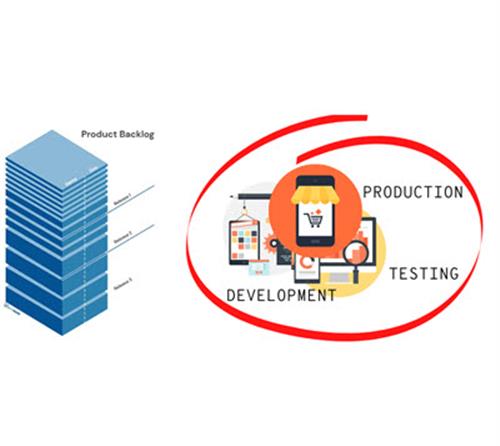



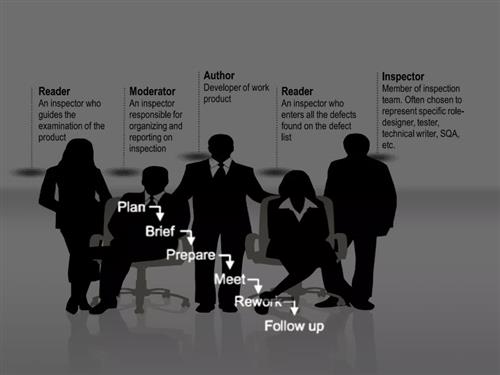


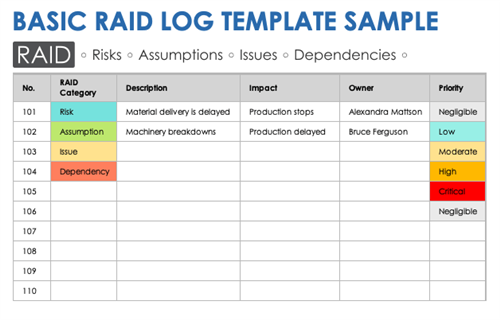





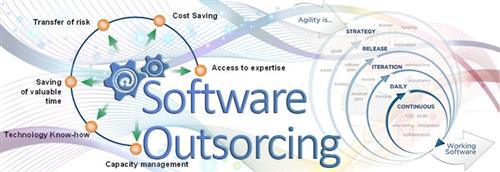



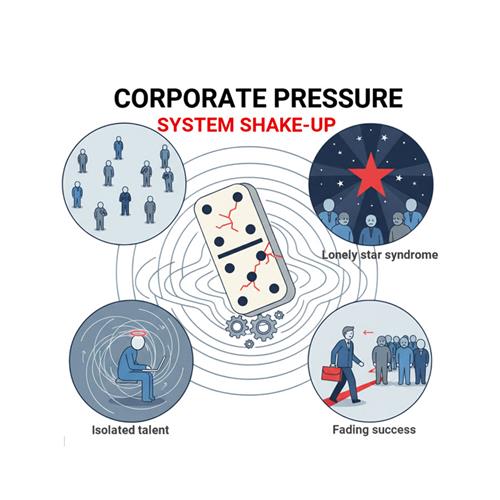









 Link copied!
Link copied!